By combining complementary colors get very impressive results. Complementary colors are those which, in the color wheel, is positioned in front of another color. For example, in the next picture you will see an arrow drawn between red and green.
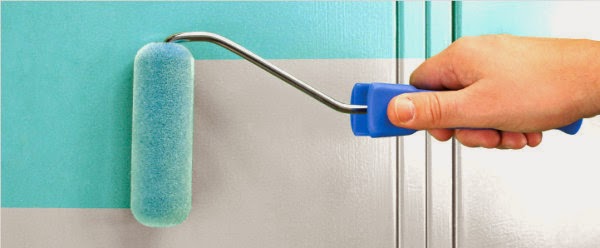
In these two examples we will assume complementary colors sofas, assuming you’ve already chosen sofas, chairs and armchairs. The sofas and chairs are usually always the same color, but it is very challenging to break the monotony and add, along with the chairs of the same color, a different pair of armchairs. Thus, our room will not seem so boring and you can even create different environments.

This interior color combination, the contrast between warm and cool tones are appreciated. Warm tones can be seen in the woods and decorative objects (tables and vases). The cool tones are mainly seen in curtains, furniture and other objects on the couch, blue-gray with blue cushions also. The white walls decreases the contrast between opposite and create a feeling of spaciousness and light colors.

Interior Color scheme: Combination of color triads
This is the color scheme for bolder interiors, but no more outrageous. What is this combination? You will see a triangle drawn on the color wheel. Each of its vertices pointing to a color. Inevitably, as you put put colors always get two hot and one cold, cold colors like two case here or not, and one hot.
At the end of this article I will offer a color wheel so you can print it out and create your schemes like, triads and complementary colors.
This color combination is ideal for very large and bright rooms, and depending on the colors chosen, an effect of spaciousness in small rooms. Obviously, because of the contrast between warm and cool colors, must have a fundamental importance neutral colors to balance the play of colors.

Let’s take as an example again the floor (floor) for this original color combination. First, we chose a laminate floors.
Based on the color of the wood, the triad played with two warm colors, amber and ocher. You see, the rest are cool colors, various shades of blue and green. Moreover we have the brown. An example of decoration could be: If the room is bright, we would take the intense blue or violet blue curtain. Furniture can be made for a more classic brown or amber or ocher for a more modern style. Seats can also be in any of the brown tones and decorative objects in the range of blues and greens.
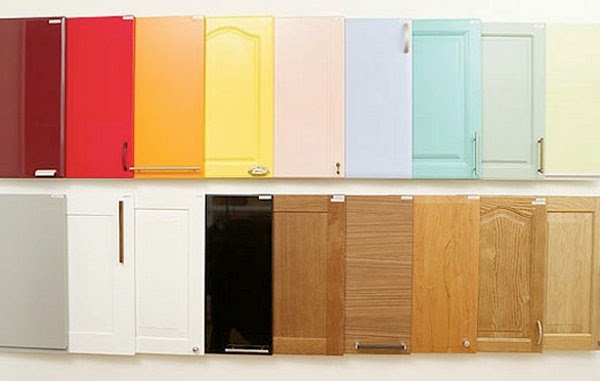
In the second example we will assume the furniture, namely a nice (and enviable) paneling. It’s almost a sin to think of a combination of triad colors and furniture and ideally opt for a combination of analogous colors or monochromatic colors, even a mixture of both.
Again we see a range of warm colors and cool colors in two ranges. It could be the other two ranges of warm colors and a range of cool colors but as we rely on the color of the wood and the brown part of the warm palette ranges of the two opposite colors are inevitably cold.
The brown colors can be applied to furniture to break up the monotony of including all the furniture of the same tone. Maybe the ocher and cream would mean too much contrast if we apply to furniture so they can be applied to sofas, loveseats and chairs. As for the cool colors, purple would provide a dynamic touch curtains, cushions and decorative objects. Green can also be applied to curtains and cushions. Green decorative objects would be excessive, so we could apply with caution decantándonos the darkest, to maintain a certain harmony with the color of the paneling. The lighter green could apply in small details.

In this room you have chosen an interesting combination of colors for interiors, cool colors and warm touches (besides obviously the type of features) colors, build a sleek and modern stay, as we have seen in the complementary color scheme. Blue curtains, pouf, decorative objects and cushions dominate the room. The other cool color is greyish purple couch. The chair and yellow cushions provide warm tone. As for the walls, white neutralizes the dark cool tones and increases the brightness of the room.


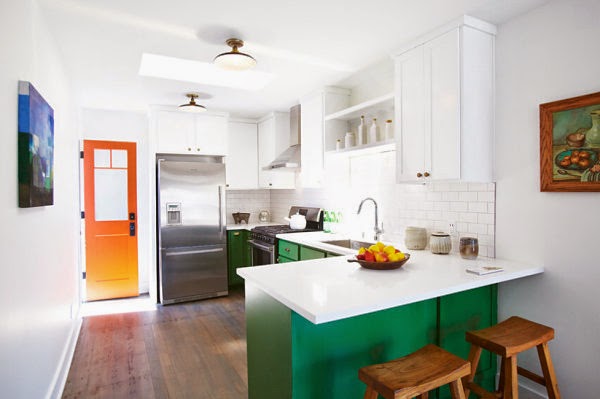
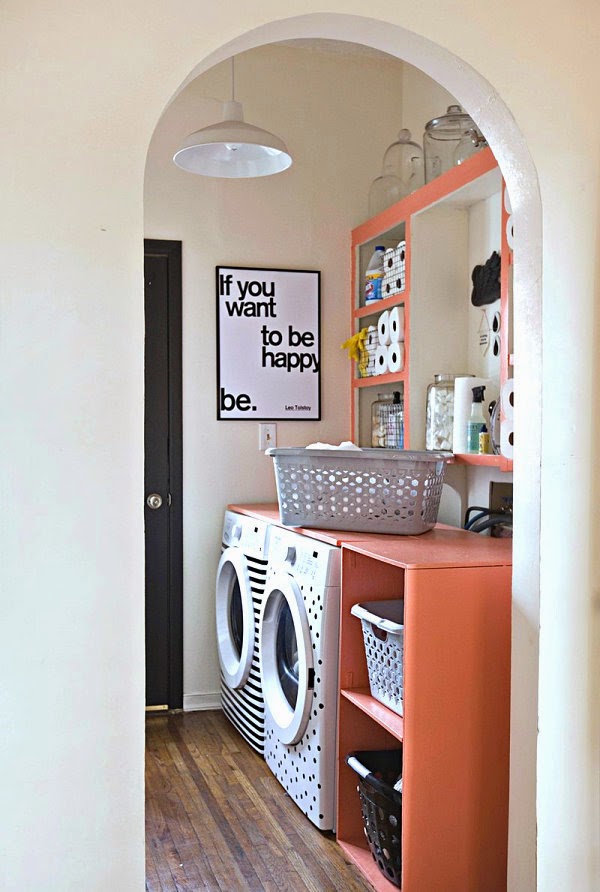




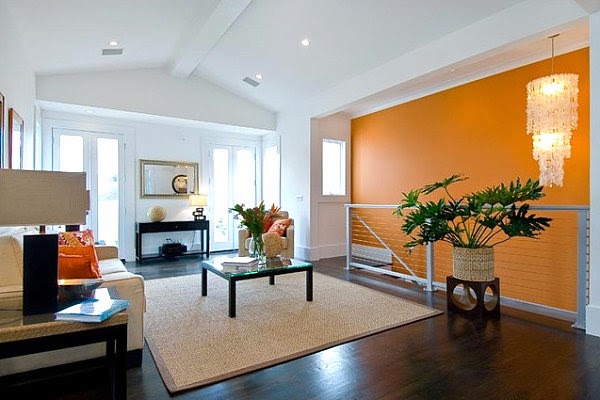
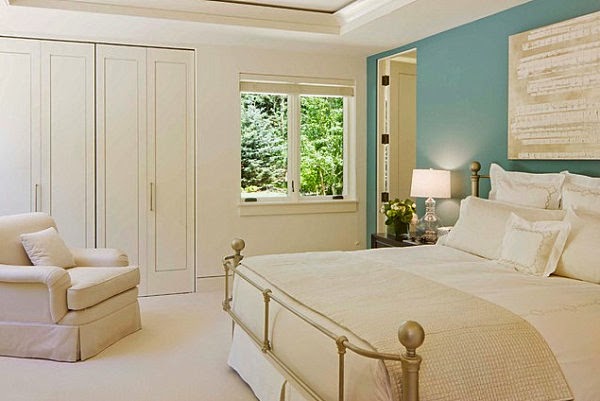
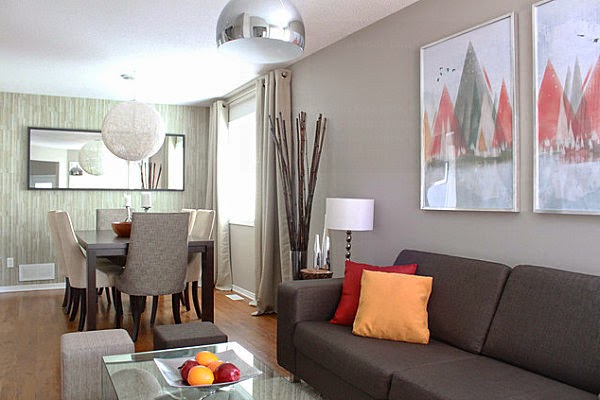




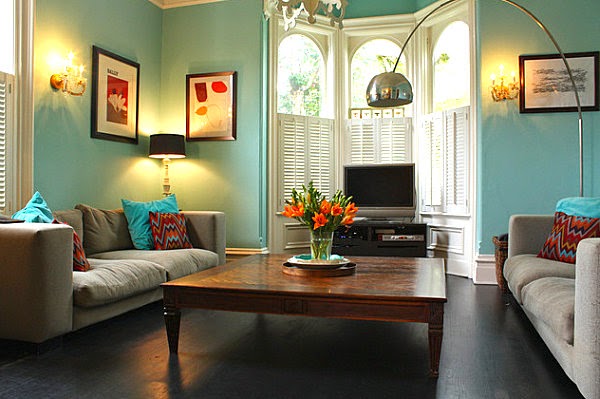

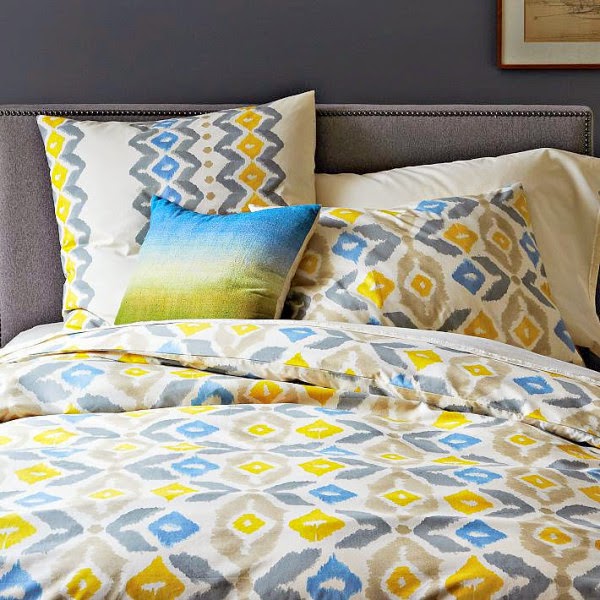
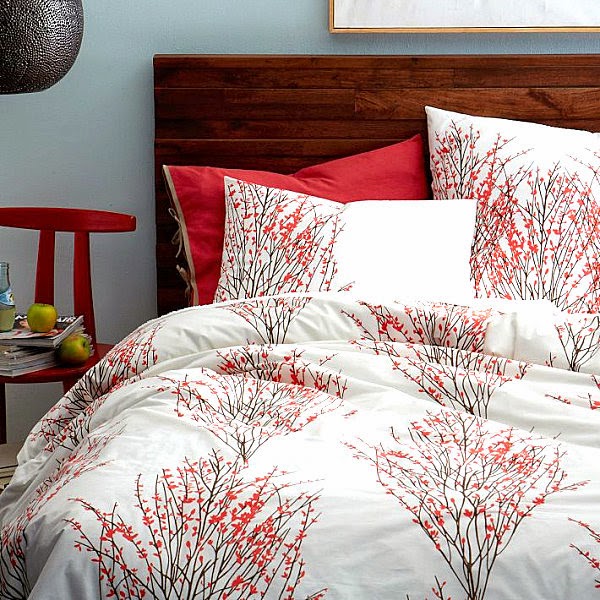


0 comments:
Post a Comment